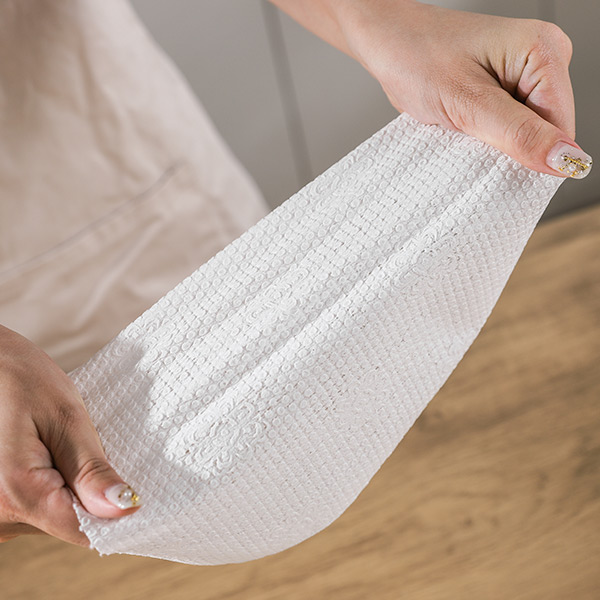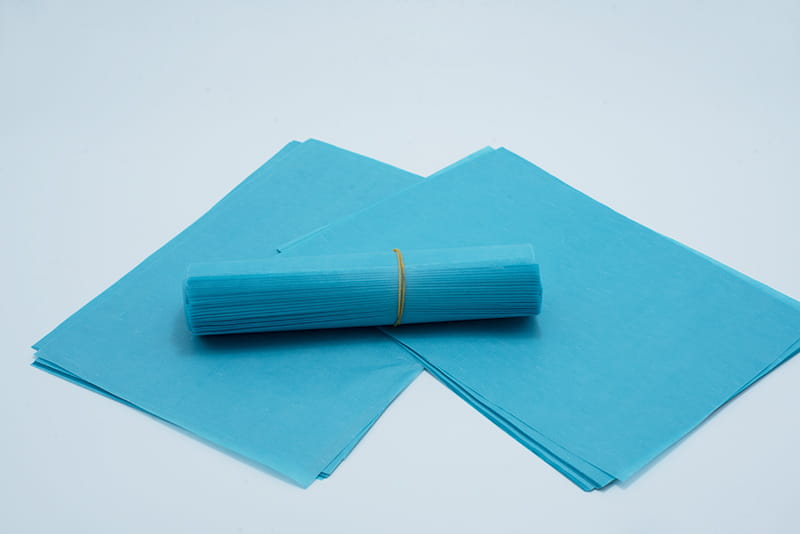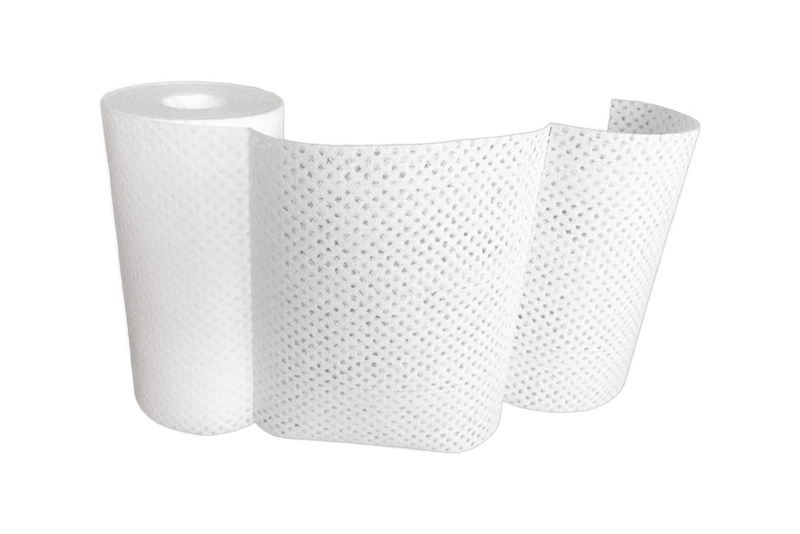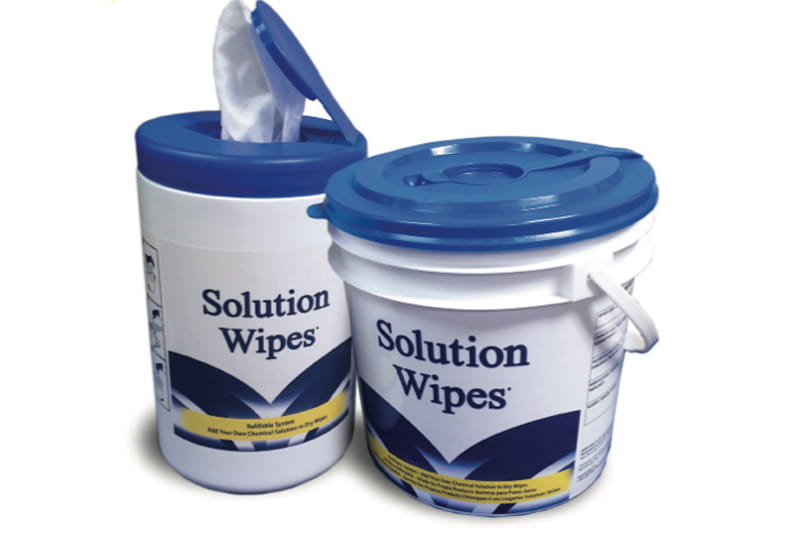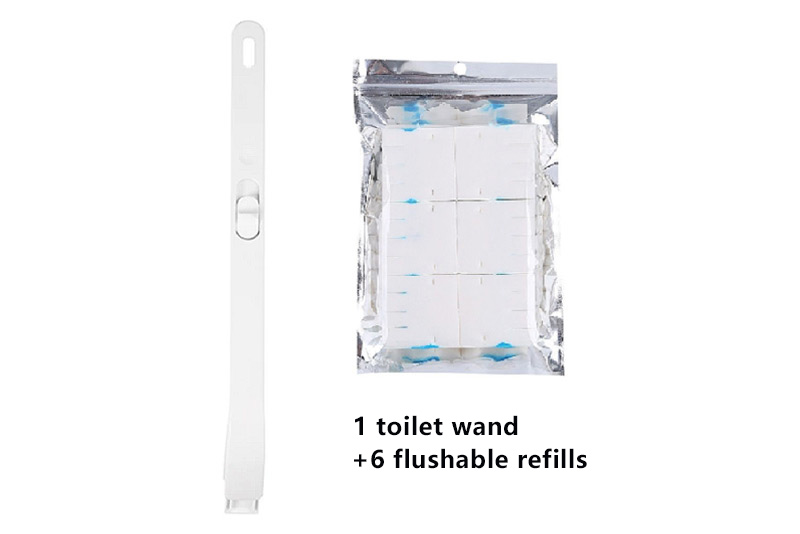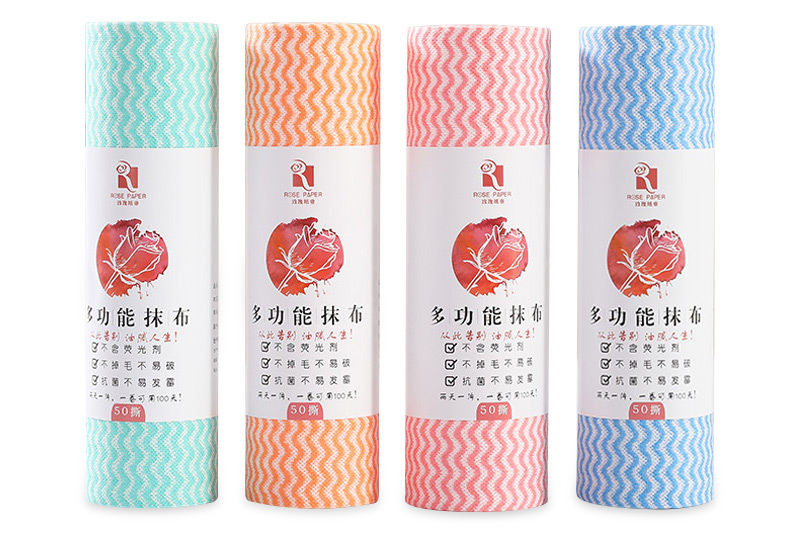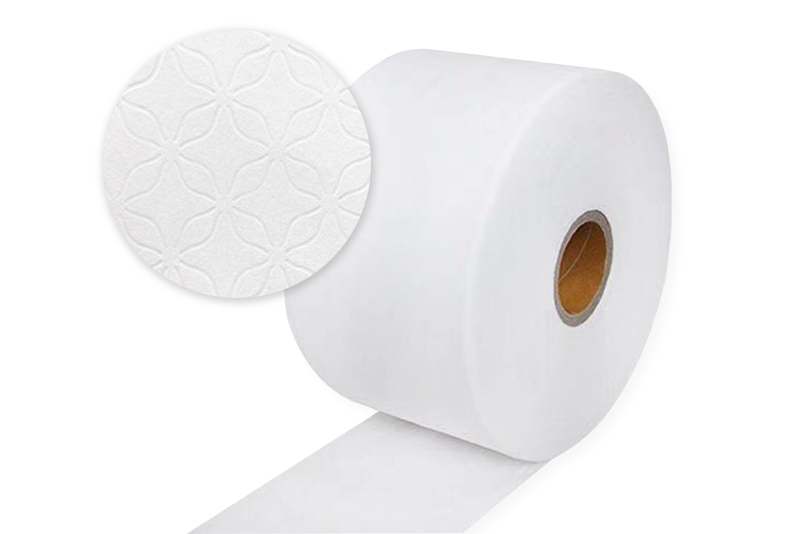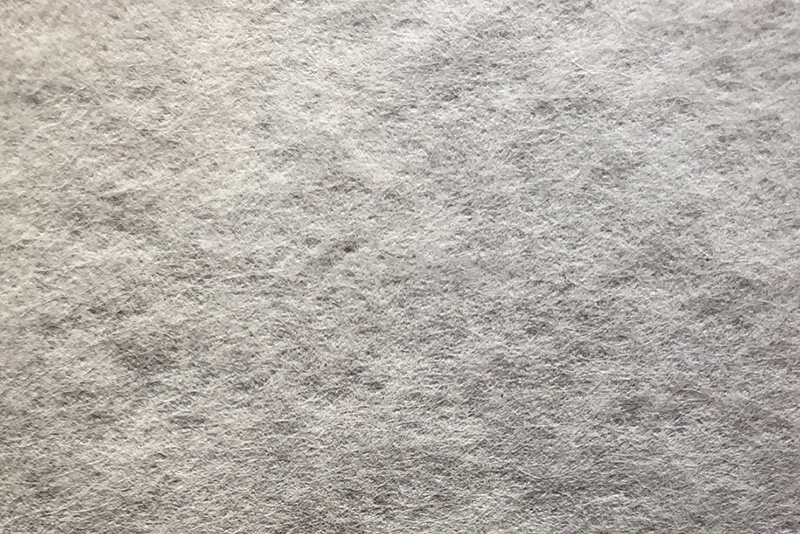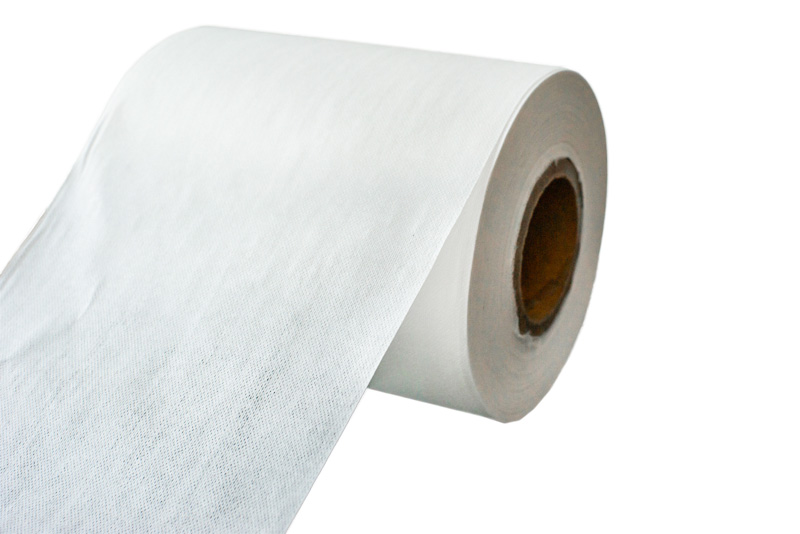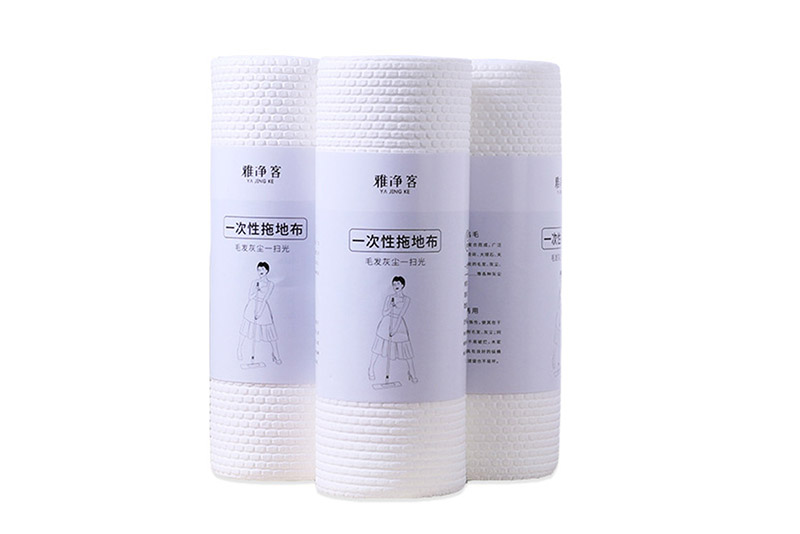Disinfecting wet wipes generally use non-woven fabrics as materials.
Non-woven fabric is a kind of fabric formed without spinning and weaving. It is made by directly bonding fibers together by physical methods (mechanical, thermal bonding) or chemical methods. Its raw materials can be various Among them, spunlace non-woven fabric is the most commonly used one, which has a soft surface and good hand feeling.
TIP: In order to reduce costs, some manufacturers use cotton or fiber materials instead. The wet wipes of such materials are prone to mildew and deterioration, and there are impurities on the cloth, which are easy to fluff during use. Once it is found that mildew has developed on the wet wipes, do not use this type of wet wipes. If you feel the skin is irritating, itchy and sore during the use of the wet wipes, you should stop using it immediately to avoid further damage. big hazard.
The characteristic of wet wipes is that they have liquid in them, and the content of liquid medicine in wet wipes generally accounts for about 80%. The main components are water and additives. In order to avoid the reaction between the water and the liquid medicine, the water used in the wet wipes must be specially treated water such as purified water, pure water, etc.
There are also many types of additives, the most common is humectant - propylene glycol, which can help the effective substances in the liquid dissolve in water, so that the water is not easy to volatilize;
In order to maintain the activity of various substances in wet wipes, preservatives, such as phenoxyethanol, methylparaben, etc., are also added. For wet wipes of qualified quality, the amount of preservatives added is within the allowable range of the state.
TIP: When buying wet wipes, be sure to pay attention to the production and use dates. It is best not to use wet wipes that have expired or have been produced for a long time.
In order to remove dirt and grease and have a cleaning effect, surfactants, such as polyoxyethylene hydrogenated castor oil, polyether, etc., are also added to wet wipes.
In addition, in order to achieve a specific effect, some special additives are added, such as chamomile oil for soothing and anti-inflammatory effects.
While these additives bring certain benefits, they also bring some problems when we use them. For example, excessive exposure to chemical ingredients such as preservatives and alcohol can easily lead to skin allergies such as contact dermatitis. Prolonged exposure to synthetic surfactants can damage the skin's protective sebum film and dry out the skin. Excessive fragrance will make people feel uncomfortable, and the ingredients contained in some disinfectant wipes are also harmful to the human body, such as chlorine and bleaching powder, so it is not suitable to use wet wipes for a long time and frequently.
 Free consultation
Free consultation
 Call Us for Enquiry
Call Us for Enquiry



 English
English Español
Español 日本語
日本語 русский
русский Français
Français

